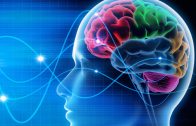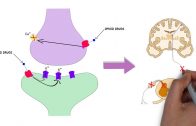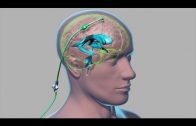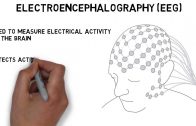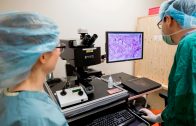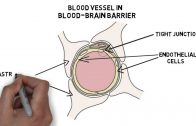Arnold Kriegstein (UCSF) 2: Cerebral Organoids: Models of Human Brain Disease and Evolution
Brain Development: Discovery and Characterization of Outer Subventricular Zone Radial Glia Cells
Dr. Arnold Kriegstein characterizes the development of neurons from radial glial cells and provides an overview of the use of cerebral organoids to study brain development and disease.
How do neurons develop to confer humans their unique brain functions? Dr. Arnold Kriegstein compares and contrasts the development of neurons from radial glial cells (RGCs) in mice and humans. In mice, RGCs give rise to most of the central nervous system’s neurons and glia and provide scaffolding for neurons to migrate. In contrast, human RGCs give rise to a unique set of cells, the outer subventricular zone radial glia (oRG) cells, which divide via mitotic somal translocation (MST). The oRG cells predominantly produce and guide the migration of the upper layer cortical neurons. Although rodents have oRG-like cells, these cells are more abundant in humans, and contribute to the large size of the human brain and possibly it’s unique function.
In his second talk, Kriegstein provides an overview of the use of cerebral organoids to study brain development and disease. Cerebral organoids are models that can be produced from induced pluripotent stem cells. Although organoids can contain the same broad categories of cell types found in the brain, organoids lack the structural, layer-like organization observed in the primary tissue. In addition, the gene expression profile is different between organoids and primary brain tissue. Nevertheless, although organoids do not reproduce all of the features of a developing human cortex, organoids can be a powerful model to study neuronal diseases and evolution, particularly when studying cells that cannot be found in animal models (e.g. oRG cells) or when scientists do not have access to primary brain tissue.
Speaker Biography:
Dr. Arnold Kriegstein is a Professor of Neurology at the University of California, San Francisco (UCSF) Weill Institute for Neurosciences, and Director of the Eli and Edythe Broad Center of Regeneration Medicine and Stem Cell Research. He obtained his bachelors in biology and psychology at Yale University (1971), and his medical and doctoral degrees at the New York University (1977) under the supervision of Dr. Eric Kandel. Kriegstein completed a residency in Neurology at the Brigham and Women’s Hospital, Children’s Hospital, and Beth Israel Hospital in Boston in 1981. He has held academic appointments at Stanford University (1981-1991), Yale University (1991-1993), and Columbia University (1993-2004). In 2004, Kriegstein joined the faculty in the Neurology Department at the University of California, San Francisco, where his lab studies the principles of neuronal development. In particular, they study how progenitor cells in the embryonic brain produce neurons. For his scientific contributions, he became a member of the National Academy of Medicine in 2008. Visit his lab website and learn more about Kriegstein’s research:
https://profiles.ucsf.edu/arnold.kriegstein#toc-id3

